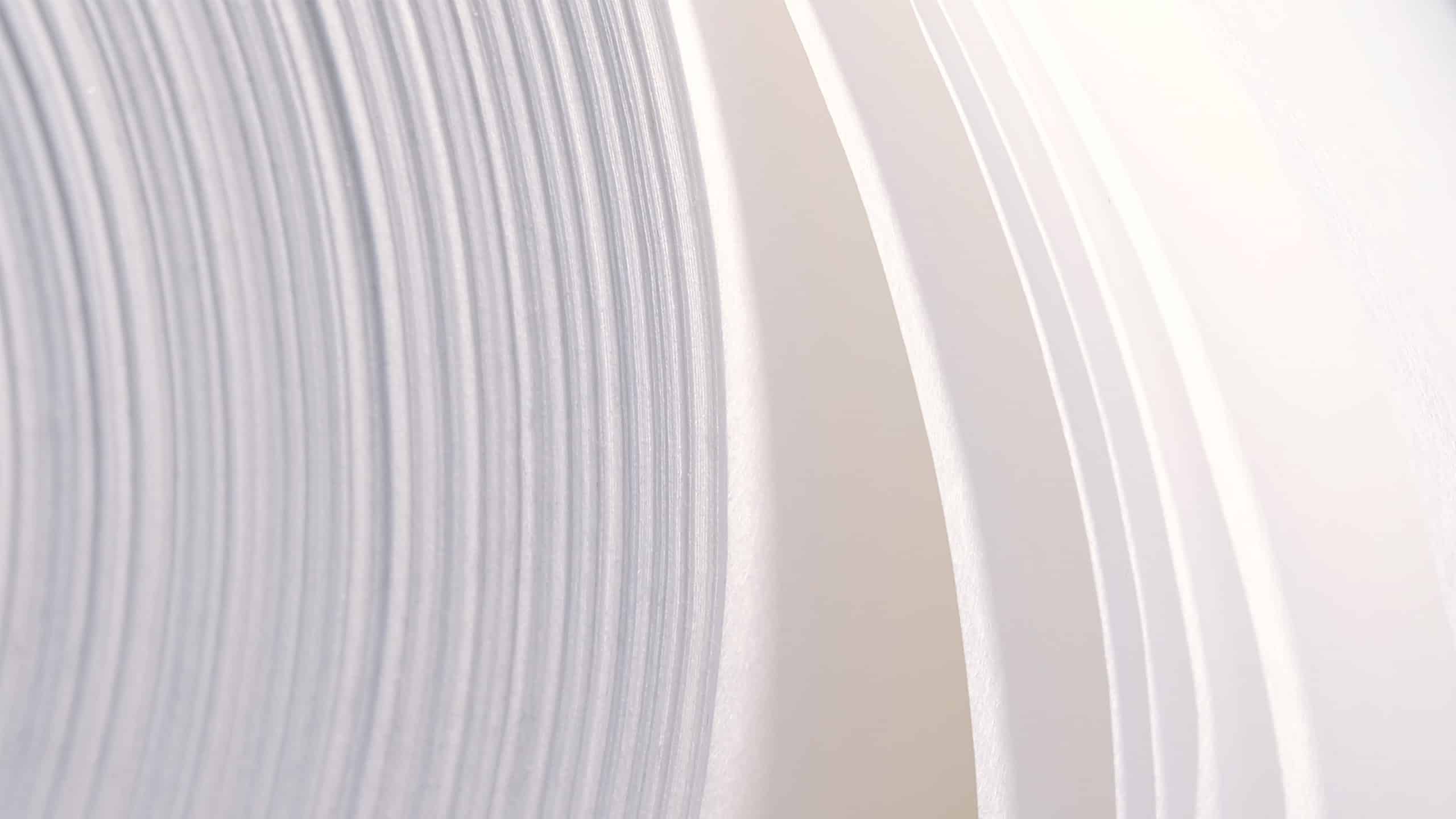The role of fiber-based solutions in hygiene packaging for reducing waste

What are fibre-based solutions?
Fibre-based solutions refer to packaging materials derived primarily from renewable wood fibres, offering a sustainable alternative to traditional packaging forms such as plastics. According to the Confederation of European Paper Industries (CEPI), these materials are gaining traction, especially in hygiene packaging, due to their potential to reduce environmental impact by being sourced from sustainably managed forests. In these forests, every tree harvested is replaced, maintaining ecological balance and promoting biodiversity.
The significance of fibre-based solutions in sustainable packaging is profound. As noted by CEPI, they help reduce reliance on non-renewable resources and minimize waste. Their compatibility with existing recycling systems enhances their appeal, making them a viable option for advancing a circular economy. These materials are not merely about reducing plastic use; they represent a broader commitment to sustainability, offering durability and versatility without compromising environmental responsibilities.
How do fibre-based solutions work in reducing waste?
Fibre-based solutions contribute significantly to waste reduction through several mechanisms. CEPI highlights their recyclability as a primary benefit, as these materials can be recycled multiple times, reducing the need for virgin materials and minimizing waste. This recycling process conserves resources and reduces the environmental footprint associated with material production and disposal.
Additionally, the biodegradability of fibre-based solutions plays a crucial role in waste reduction. As supported by studies from the European Environment Agency, these materials can decompose naturally, unlike traditional plastics that persist in the environment for centuries. This biodegradability ensures that even when fibre-based packaging ends up in landfills or escapes into nature, its impact is significantly less detrimental compared to non-biodegradable alternatives.
Practical applications of fibre-based solutions in hygiene packaging
Real-world implementations of fibre-based solutions in hygiene packaging are becoming increasingly common. A prominent example is Paptic Tringa, a material designed to replace traditional plastic options in applications such as carrier bags, e-commerce mailers, and garment bags. This material not only offers superior sustainability but aligns with CEPI’s guidelines on using existing production lines, making it an attractive option for companies transitioning towards greener practices.
Companies are leveraging these materials to meet their sustainability goals by incorporating them into their product lines. The flexibility and durability of fibre-based solutions make them suitable for a wide range of applications, from luxury packaging to everyday hygiene products. Through these practical applications, businesses can provide consumers with products that align with growing environmental consciousness without sacrificing quality or usability.
Challenges in implementing fibre-based solutions
Despite their benefits, implementing fibre-based solutions presents challenges. According to CEPI, cost is often a significant barrier, as these materials can be more expensive than traditional plastics. This cost difference can deter companies, particularly those with tight margins. Additionally, supply chain complexities, such as sourcing sustainably managed fibres, can pose logistical hurdles.
Overcoming these challenges requires innovation and collaboration. By investing in research and development, companies can work towards reducing production costs and improving the scalability of fibre-based solutions. Establishing strong partnerships with suppliers who adhere to CEPI’s sustainable practices can also help streamline the supply chain, ensuring a steady flow of responsibly sourced materials.
Advantages of Paptic’s fibre-based materials
Paptic’s fibre-based materials offer several unique benefits over traditional packaging options, particularly in hygiene packaging. Our materials are not only recyclable but also reusable, offering a dual advantage in waste reduction. The durability of Paptic Tringa, for instance, allows for multiple uses, significantly extending the lifespan of the packaging and reducing the need for single-use alternatives.
Moreover, Paptic materials are designed to offer a superior user experience. Their textile-like feel combined with their flexibility and moisture resistance makes them ideal for a variety of packaging needs. By choosing Paptic’s solutions, companies can enhance their sustainability profiles while providing consumers with packaging that is both functional and environmentally friendly. These advantages underscore the potential of fibre-based solutions to revolutionize the packaging industry, paving the way for a more sustainable future.
